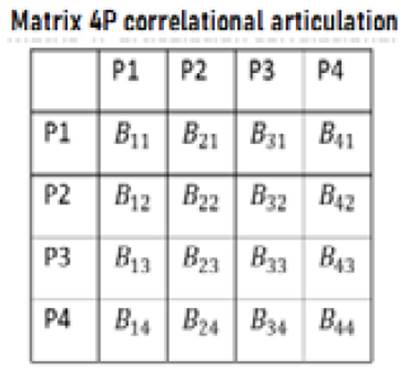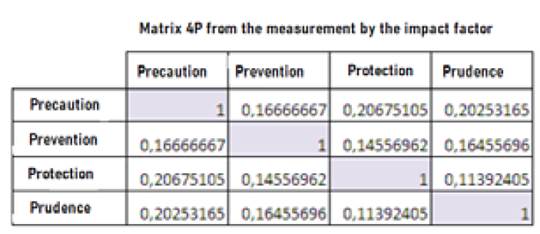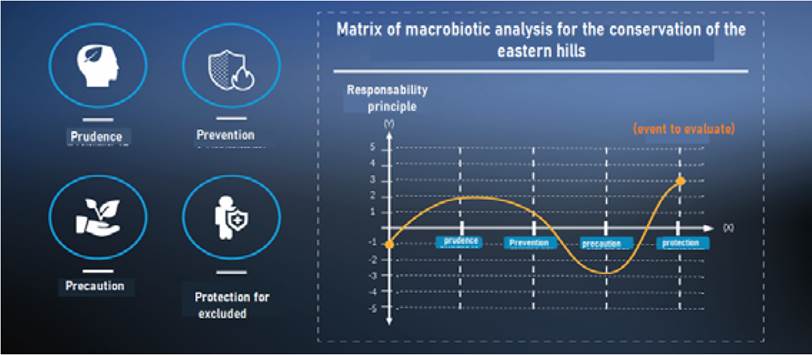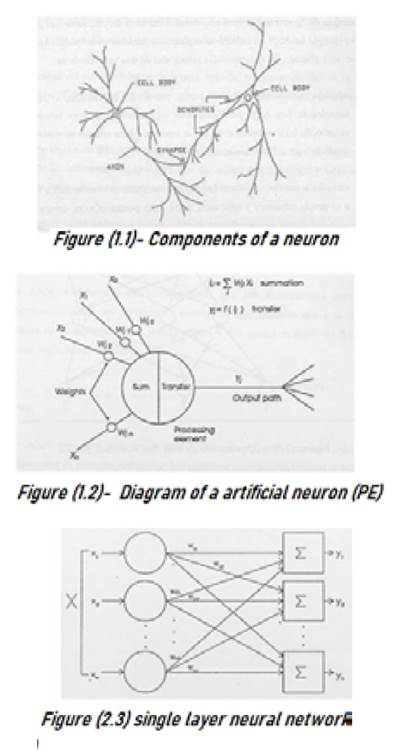Bioethics, from its beginnings, has been dedicated to the affirmation, care, and empowerment of life. 1-2 Techno- scientific advances in recent decades, although they have provided “quality” of life to human beings, have generated “emerging” problems that make a new approach to bioethics necessary 3.
We are referring to three emerging problems in particular: the survival of the planet (from an ecological point of view), the mutation of the human being (genetic point of view), and the creation of new “thinking beings” (post humanist point of view). (Table 1)
Table 1
| From an ecological point of view | From a genetic standpoint | Trans/post humanist point of view |
|---|---|---|
| The survival ofthe planet | The mutation of the human begins; 4 | The creation of new “thinking beings (machines?)”; and 5 |
| Climate change and warming global Overpopulation and overexploitationof resources Deforestation. Pollution Nuclear war? |
Genomic editing: CRISPR-Cas9 technique Debate on gene therapy |
Relationship: AI and human beings Transhumanism and human enhancement Posthumanism and thinking machines |
Source: Own elaboration
If we followed the American tradition, we would ask ourselves, “What is the best way to deal with the previous problems that threaten beings’ survival?” humans on the planet? The method is like a map that indicates which route to follow to achieve a certain objective. Since 1970, a variety of methods have been created to try to solve ethical problems in medical practice. Howard Brody describes methods for applying the principles of rational decision theory to medical ethics, including the well-known Beauchamp and Childress/A. Cortina principles method. D. Gracia, or alternatives such as the casuistic methods of A. Jonsen and S. Toulmin, or the ethics of virtue and the narrative method (Feyto and Moratalla), and finally, clinical and syncretic methods, whose main representative is D. Thomasma 6,7.
The principled method, which has been the most used in medical ethics, works with a dilemmatic mentality, more committed to the final decision than to the decision-making process. However, the richness and complexity of the ethical world are not exhausted by the four principles of classical bioethics: autonomy, beneficence, non-maleficence, and beneficence. 6
It is necessary to create a new framework of analysis, a new contemporary revolution of knowledge. This editorial seeks to propose a methodology for decision-making in bioethical problems through the construction of new variables that support the decision-making matrix: prudence, prevention, precaution, and protection, regulated by the Jonas Responsibility principle. (7
Based on a conceptual analysis with a qualitative approach, a critical review of the literature has been developed in various specialized databases, whose epistemological intersections and the hermeneutic approach allow us to understand the dynamics present in contexts typical of the dynamics of emerging bioethical issues. 8 At first, the degrees of systematic correlation of qualitative variables called 4P (prudence, prevention, protection, and precaution) were identified. (Graph 1)
The use of “NVivo 10” software was implemented, qualitatively systematizing the content of the 292 selected articles from the following databases: Scopus, Spring, Proquest, Oxford, and JSTOR.
Through the bibliometric model of impact factor, the weighting given to each variable within the simulation of the model was achieved, which is stipulated according to the correlational results, maintaining the descriptive relationship between the 4 ps (Graphs 2, 3, 4).

Source: own elaboration.
Graph 3 A matrix of four inputs and four outputs is used to calculate the correlation based on the impact factor (Coefficient B), from which the possible events are derived

Source (Own elaboration)
Graph 4 Using the methodology for the calculation of the “impact factor,” its degree of correlation is calculated for each variable of analysis
In a second moment, an artificial intelligence system (Graph 5) that gathers variables of the qualitative kind was built, which, based on its language and communication (non-binary), makes possible a neural network in the field of macrobiotics, which we can feed with related case studies.
A model should be created that at least meets some requirements. The problems addressed by global bioethics, among which are macrobiotic, are characterized by being:
Non-linear. In other words, the changes that occur in any problem can have disproportionate and unexpected effects.
Multidisciplinary. As Potter puts it, bioethics necessitates a desire to go beyond the boundaries of the discipline, recognizing multidisciplinary and its dimensions, and confronting all of today’s dilemmas. It is also possible to recognize the multiplicity of truths. 2
evolutionary and dynamic. That is, they are not seasonal; they do not remain over time. This is a consequence of the rapid evolution that society, knowledge, and technology are having.
The model should respond to regional bioethical problems.
The model that is being built that meets the conditions indicated in the previous section would correspond to neural networks in fuzzy systems. 8
Fuzzy systems are characterized by (Graph 6):
Being systems that emulate how the brain reasons or thinks;
Combining some input variables (defined in terms of fuzzy sets) and employing groups of rules that produce one or several output values;
They can be applied to similar problems as neural networks, so they are especially interesting for non-linear or poorly defined problems 8.

Graph 6 A neuro fuzzy system incorporates the human-like reasoning style of fuzzy systems using fuzzy sets and a linguistic model consisting of a set of ‘’IF THEN’’ fuzzy rules. The main strength of neuro fuzzy systems is that they are universal approximators with the ability to request interpretable IF THEN rules. 8
The third phase will focus on the construction of the macro bioethical neural network based on fuzzy systems and its application (feed) to emerging problems in global bioethics.

















